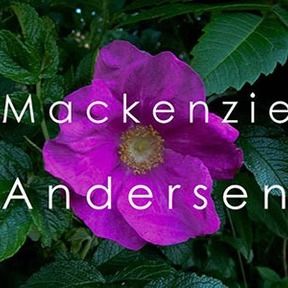Address
90 Knickerbocker Rd, Boothbay, ME 04537
Store Hours
Online or by Appointment

The Road Less Travelled
This store is moving to Art Storefronts
https://www.mackenzieandersen.com/shop-art

Mackenzie Andersen,
artist, philosopher
Andersen Design was started by Weston and Brenda Andersen in 1952. Our generation has the great honor and responsibility to guide it into the 21st century, maintaining while expanding upon its unique philosophy. What is that you say? Read on... Andersen Studio Evolution Diaries, by Susan Mackenzie Andersen
Store Hours
Online or by Appointment